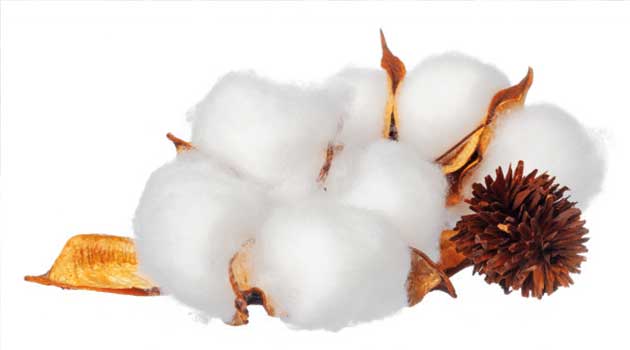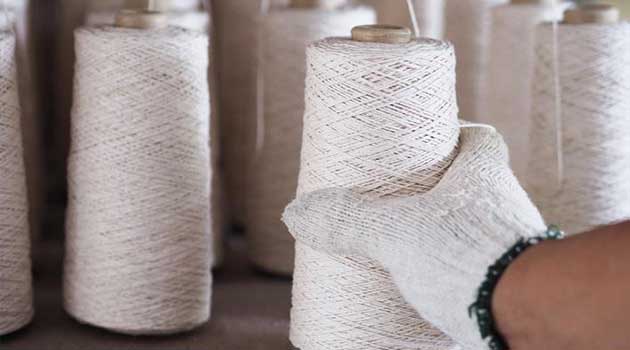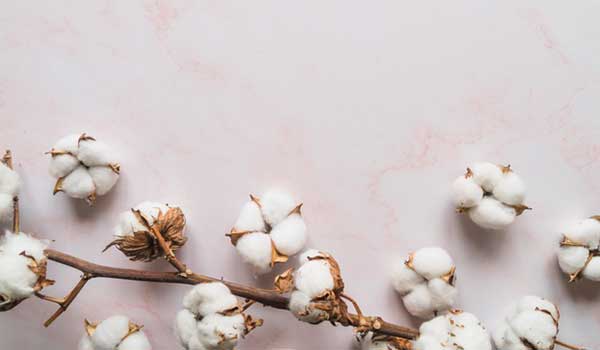The most certain thing about cotton markets going into the 2020 planting season is that uncertainty will persist.
“I’ve never been in a situation where the story kept changing as much as it has this past year,” says Texas A&M AgriLife Extension economist John Robinson.
Robinson, speaking at the recent economic outlook section of the Beltwide Cotton Conferences in Austin, Texas, said forecasts since September “have been changing and will continue to do so.”
He suggests that 2020 plantings will be around 12 million acres, up from 10 million late in 2019, then to 11 million. He’s not sold on a recent estimate of 13 million acres.
Prices could push into the mid 70-cent range but could also “succumb to harvesttime pressure.” A spring low with prices in the 60-cent range is also possible.
Advantage cotton
He said the relative price for cotton versus corn suggests an advantage to cotton, but also noted that corn prices could creep up as final tallies of the 2019 harvest come in.
At one point, Robinson said, cotton prices were getting higher and corn prices were still hovering around $4. In November and December, 11 million planted acres, plus or minus, seemed likely. “Cotton prices keep going up. Now, I predict 12 million acres.”
He said the old crop is “modestly bearish, a change from the worst outcome, the most bearish thing, 7 million bales of ending stocks. We’ve gone from an extremely bad situation to an extremely good recovery to something that’s a lot more tempered.”
Other factors that could influence cotton markets include world stocks, the global economy, government disruptions, and weather.
Robinson said the ongoing trade dispute has affected U.S. cotton exports to China, but other markets are taking up the slack.
Lost markets
“The U.S. market share to China has declined in favor of the Brazilians,” Robinson said. “However, our exports are still pretty good, rerouted to other places.”
He said lower beginning stocks numbers also influences the market. “We had been on a trend of month-by-month increasing ending stocks projections. They were steadily cutting world consumption, perhaps reflecting a drag on world economies, increasing world endings stocks. Now, that trend has leveled off. We’ve seen a big reduction, month-over-month in Indian stocks. That’s been going on for several months. We’ve also had cuts to U.S. production with no change in the export number.”
Robinson said those factors move the outlook from a rather dramatically bearish 7.2 million-bale ending stocks, to 7 million, then a bit more than 6 million and now at 5.5 million. “The [stocks situation] has been very fluid, very changing. I’m going from a very bearish old crop view to something essentially almost neutral. The last two years we’ve had around 4 million bales ending stocks, and to go to 5.5 million is not that dramatic a change. I call that neutral to modestly bearish.”
The world economy plays a role, Robinson says. “Cotton is not like grains. When we go through recessions, cotton consumption declines because cotton products, apparel, are discretionary purchases. We’re not in a recession, but we’re not in a boom time either.”
He said coming out of the Great Recession, the economy went through an extended period of very slow recovery. Following the 2016 election, tax cuts and a new business climate, the U.S. economy enjoyed an uptick. “The stock market went up and the economy was humming a little better. That has been tempered,” he said. “Now [the economic growth] is projected to go back to flat, low, slow growth.”
Exports numbers
One positive for now is export outlook, despite a decline in sales to China. “We’ve lost direct market share to China,” Robinson said, “but we’re selling cotton; we’re selling cotton to China [through third-party sales] and we’re selling more cotton to other buyers. The pattern of export sales looks pretty good.”
To date, 40 percent into the marketing year, U.S. cotton exports total 72 percent of the USDA export target of 16.5 million bales. Robinson says that’s in the top three best years in the last nine. He says cancellations concern markets, however.
Speculators in the market also affect outlook and futures prices. “We’ve seen a big change here,” Robinson said, including, “a rather strong influence of hedge funds selling throughout 2019. The situation changed from net short in the last two weeks to a small net long position for the first time in a long time. I think the influence of the short covering by the hedge funds has probably run its course.
“If the Phase 1 agreement did anything, it was to provide some relief to the thought that it could get worse,” Robinson said.
Worse would have been a bump in tariff rates from 15 percent on imports of U.S. apparel in September, to 25 percent. “That’s not going to happen. I think that’s reflected in these guys finally bailing out of short positions.”
He says continued improvement from the Phase 1 announcement could be limited.
Government disruptions
He said trade issues with Mexico and Turkey could cause concern. He cited a tariff threat to Mexico tied to requested assistance with the immigration problem. “And we have the new trade agreement negotiation. If that all falls apart, we’re going to have problems. Mexico is an important destination for U.S. cotton, Texas cotton.”
He said diplomatic issues with Turkey over the past two years also created trade turmoil. “The president of the United States said something about ‘destroying the economy of Turkey as retaliation.'”
The threat was repeated when Turkey started shooting artillery shells into northern Syria in the direction of U.S. Kurdish allies.
“We don’t need international incidents to mess up trade relationships important to cotton,” Robinson said. “But these are things to watch. It’s an example of how cotton is a global crop, and we get tied up in things that don’t necessarily involve agriculture but can still affect us.”
He thinks cotton could see “a little bit of retrenchment, lower prices. I think corn prices are probably going to be up. I wouldn’t be surprised if we got back into the upper 60s for cotton futures.”
Weather will make a difference, too, he says. “When the weather is dry in Texas, and if it persists, we tend to plant more cotton. We also tend to have higher abandonment, but cotton makes more economic sense. It makes more insurance sense.”
Uncertainty persists
He thinks supply will be adequate, lower than previously expected ending stock reduction, from 5.5 million bales to 4 million, year-over-year. That’s on the cusp of being a reduced stock situation versus a stable, neutral change.”
Robinson recommends cotton farmers pay attention to acreage reports, which “are going to be as influential if not more influential this year because of this question: How low or how high are we going to go with planting cotton?”
For now, it’s wait-and-see, Robinson says. ” I see a whole lot of uncertainty in the outcome of what may pan out.”
By: Ron Smith





















